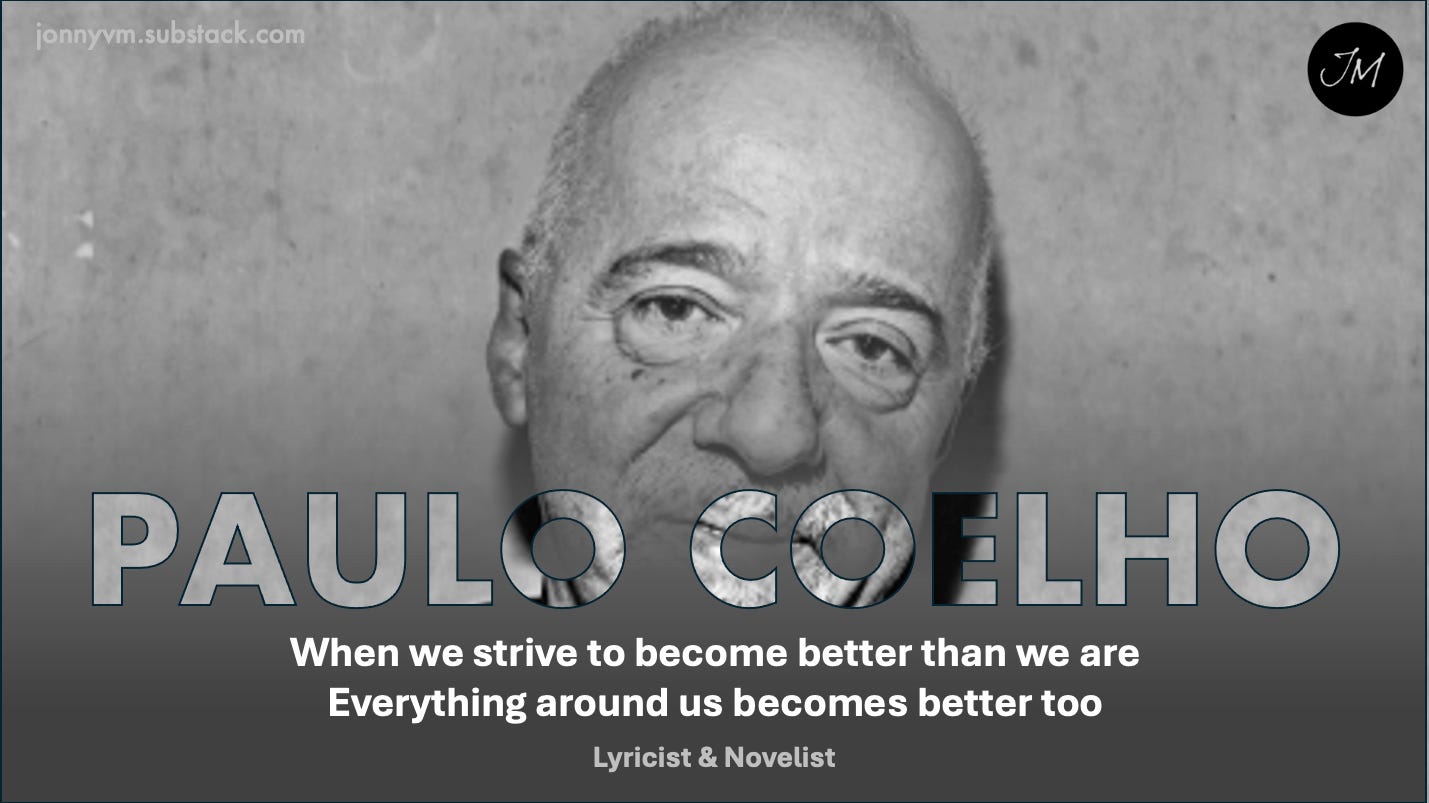Image © Jonny Matthew 2025 (Made with DALL-E)
If you’re a free subscriber to Jonny’s Substack and would like to support the work please consider becoming as a paying subscriber (it’s only a fiver)…
APOLOGIES - I hit ‘publish’ rather than ‘schedule’ when I’d finished this post. It’s due out next Thursday (10th)! So this is the 3rd in the series and I’ll post the 2nd one next week instead 🙄🤣
Anyway, it’s done now - enjoy… J x
Introduction
In the last post and the one before that, we looked at the common phenomenon of self-blame - when children take on responsibility for the way others treat them.
In the first post we examined the issue itself, asking why kids blame themselves when, to us, it’s obvious that what happened wasn’t their fault. In the last post we began looking at what we can do to begin supporting kids to work through this and get things in a better perspective.
Today, I want to change the focus of ‘how we can help’ from the kids themselves on to us as individual professionals.
Practical Strategies for Professionals
As always, not an exhaustive list by any means but some thoughts that might help us think about how to adapt practice to these kinds of children.
1. Foster Resilience and Self-Compassion:
This first section is about the kids, but I felt it was also about us as people and how that goes on to impact the efficacy of the work - so I’ve included it here (rather than the previous post):
Strengths Identification: Help children recognise their strengths and highlight past instances of overcoming challenges. Often, we are so (rightly!) focused on the problems and associated safeguarding tasks that we miss the strengths in the child and their network. Helping kids to gain insight into how they’ve coped well, what this says about their ability to adapt and what it’s taught them, is a great way to rebalance the equation in their favour.
Self-Compassion Exercises: Teach kids practices that promote kindness toward themselves; counteracting feelings of blame and guilt in this way can really help. Reframing those negative verbal narratives that the child may have absorbed is a good place to start. For example, you could think through how the child speaks about themselves and notice the words they use; then reframe them gently to draw out and emphasise the good stuff! Do exercises that explore what the child can do, what they’re good at generally and take opportunities to offer gentle praise whenever you can.
N.B. Be sure to offer praise and encouragement in small doses and without language that is too exuberant! Remember, this is a kid who blames themselves for the awful stuff others have done. Their negative internal working model and critical self-narrative will over-power our efforts if we’re too lavish and over-the-top. Gentle, subtle, consistent positivity will eventually win out; but the winner is the one who can play the long game - so stay tentative and gentle and keep going.
2. Develop Your Own Knowledge - Reading & Review:
Read: Staying in touch with the latest research and practice thinking on child trauma is important if we are to stay current and offer kids the best chance of recovery. When training professionals I often ask therm, ‘when did you last read a book or research paper that relates directly to the work you do with kids?’ The averted eyes and sideways, downward glances give people away - for most of us it’s far too long ago. Why not resolve to read a bit more? Set yourself an achievable goal and give it a shot - if my experience is anything to go by, you’ll find it stimulating and thought-provoking, not to mention the evident improvement in knowledge and practice confidence. Go for it!
Review Practice: After a tricky session or one that’s gone well, take time to review what happened, why it did/didn’t work and what you can learn from it and/or improve next. Dan Hughes’ PACE idea is great structure for this, I find. Or you can use the TRM (pdf link) to check the alignment of the child’s needs with your practice focus.
Image © The Talks
3. Develop Your Own Knowledge - Training:
Courses: There are loads of good training and learning opportunities available these days. Even if your employer has a limited budget, many online courses are now half a day or a couple of hours long and therefore more affordable, If you’re really committed, you could consider paying for some of this yourself. Try places like Slide Share for PowerPoint slides shared by others for free. Or Eventbrite and other training platforms where professionals and agencies give access to training and learning opportunities.
Investment Mindset: Training is pricey sometimes. And while agencies should be picking up the tab for the essential stuff we need to do our jobs, they rarely go beyond that - budgets just don’t allow. So, a long time ago now, I took it on myself to pay for training I felt would help me do a better job. Paying for a course yourself is one thing, but using your annual leave to attend is another thing altogether - so I also took to asking my employer to allow me the time-off to attend - so I pay for the course and they let me have the time; that way there’s no impact on my annual leave. Yes, it costs; but in the end, it means I’ve had some fantastic training I never would have had if I’d waited for someone else to pay! Give it some thought…
4. Look After Yourself:
Three things here:
Recognise the Potential Toll: Helping children come to terms with and start processing their traumatic histories can have a real impact on us - those trying to help. Recognising this is a valuable safeguard against secondary trauma and the deleterious effects it can have…
Try My Little Online Self-Care Course: I wrote a little book on self-care after a serious brush with burnout. This developed further into an online course during lockdown when it was in high demand. If you want to know more about the pitfalls of vicarious trauma and the solutions that can help avert it, check it out here.
You Matter! We can’t be optimally effective in helping others if we neglect our own needs and take home the stress and trauma of the kids at work. Most of the progress these kids make will happen in the context of positive relationships - that’s you! So the need to stay strong, avoid burnout and be on your best game is imperative - so be sure to look after yourself, too.
Instilling Hope: The Path to Recovery
It's imperative to convey to both children and their caregivers that recovery from trauma is not only possible but probable with appropriate support and interventions. Children possess remarkable resilience and, with the right guidance, they can navigate through the pain, shed the toxic self-blame and emerge stronger. As professionals, our role is to encourage this process, offering tools, empathy and unwavering support along the way, to facilitate their healing wherever we can.
By implementing these and other strategies and fostering an environment of understanding and compassion, we can make a profound difference in the lives of children burdened by self-blame, guiding them toward a future is more hopeful and offers possibilities that wouldn’t otherwise be available to them.
FINAL THOUGHTS
I’ve always struggled with seeing kids blaming themselves for the toxic horrible-ness others have inflicted on them - it both maddens me and saddens me.
It is an incredibly liberating realisation, though, that most kids will find their best chance of recovery in the context of safe, consistent and caring relationships. The solutions lie less in clever techniques and fancy new-fangled approaches, but more in the reliability and skill of someone who really cares - I can do that. And so can you.
So maybe the best way to really help troubled kids - whatever the problem - is to get better at our jobs and release more of our raw human kindness into the mix?
See you in the next one!
Listen on SPOTIFY here
More information:
DOWNLOAD: Trauma Recovery Model Schematic (free download - link)
PAPER: A Concept Analysis of Empathy by Theresa Wiseman (link)
BOOK: Working With Troubled Children & Teenagers by Jonny Matthew (link)
Subscribe & Follow?
You can join the email list for this blog publication here. Your information is safe and you can unsubscribe anytime very easily.
If you want these posts sent straight to your inbox, click the blue subscribe button below.
You can also “Like” this site on Facebook or connect with me on LinkedIn or Twitter. The voiceovers are also on YouTube and Spotify.
©️ Jonny Matthew 2025


